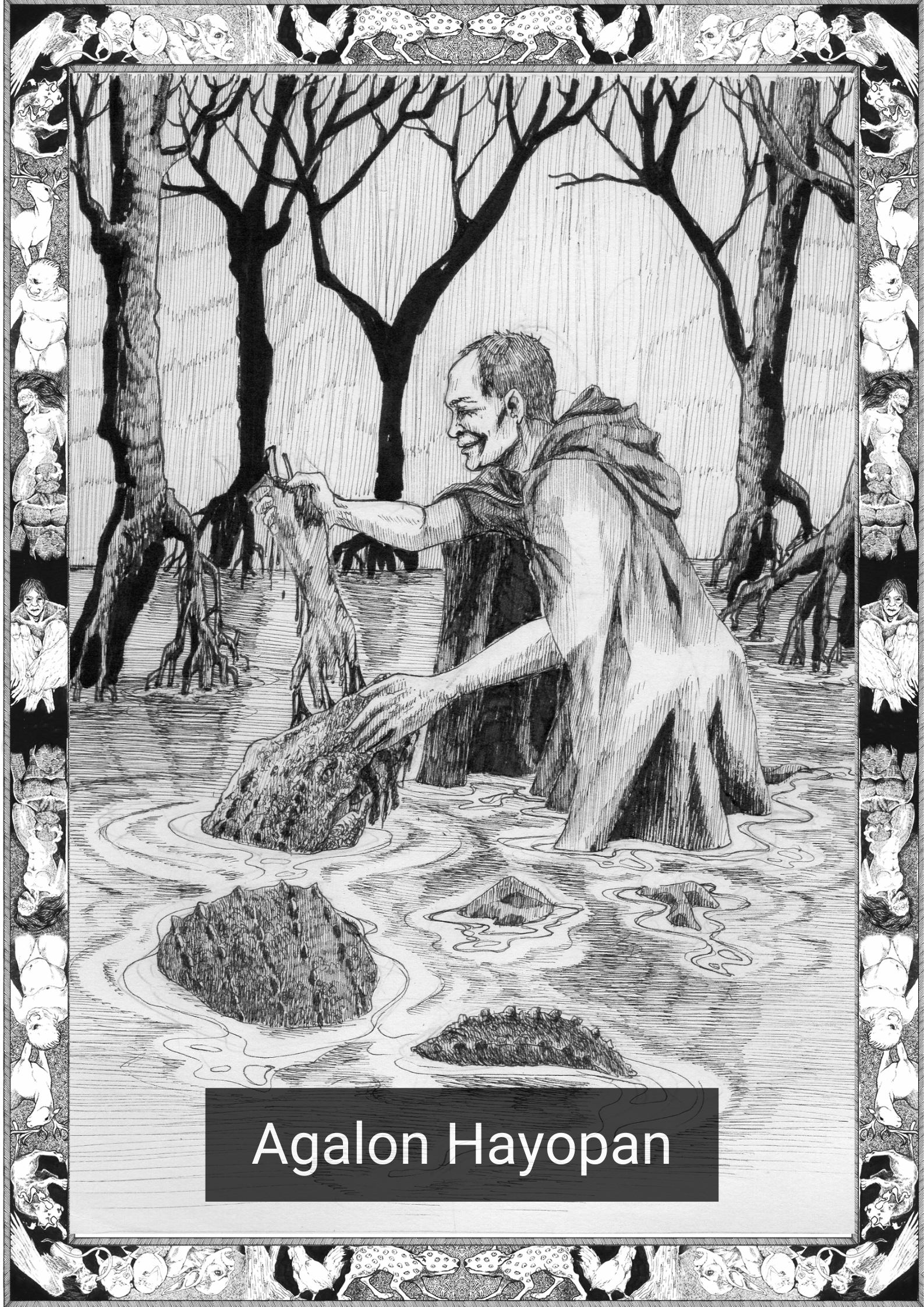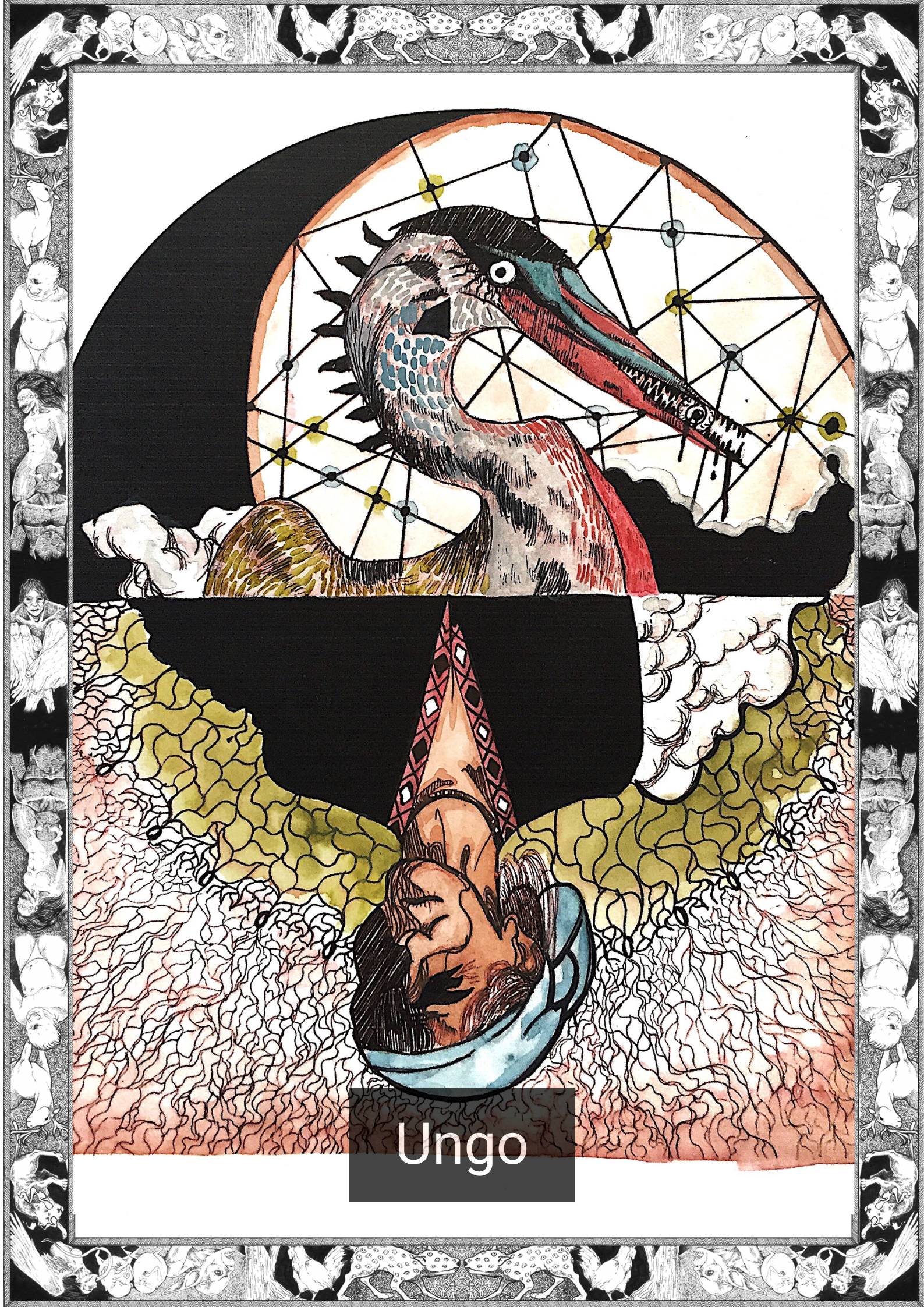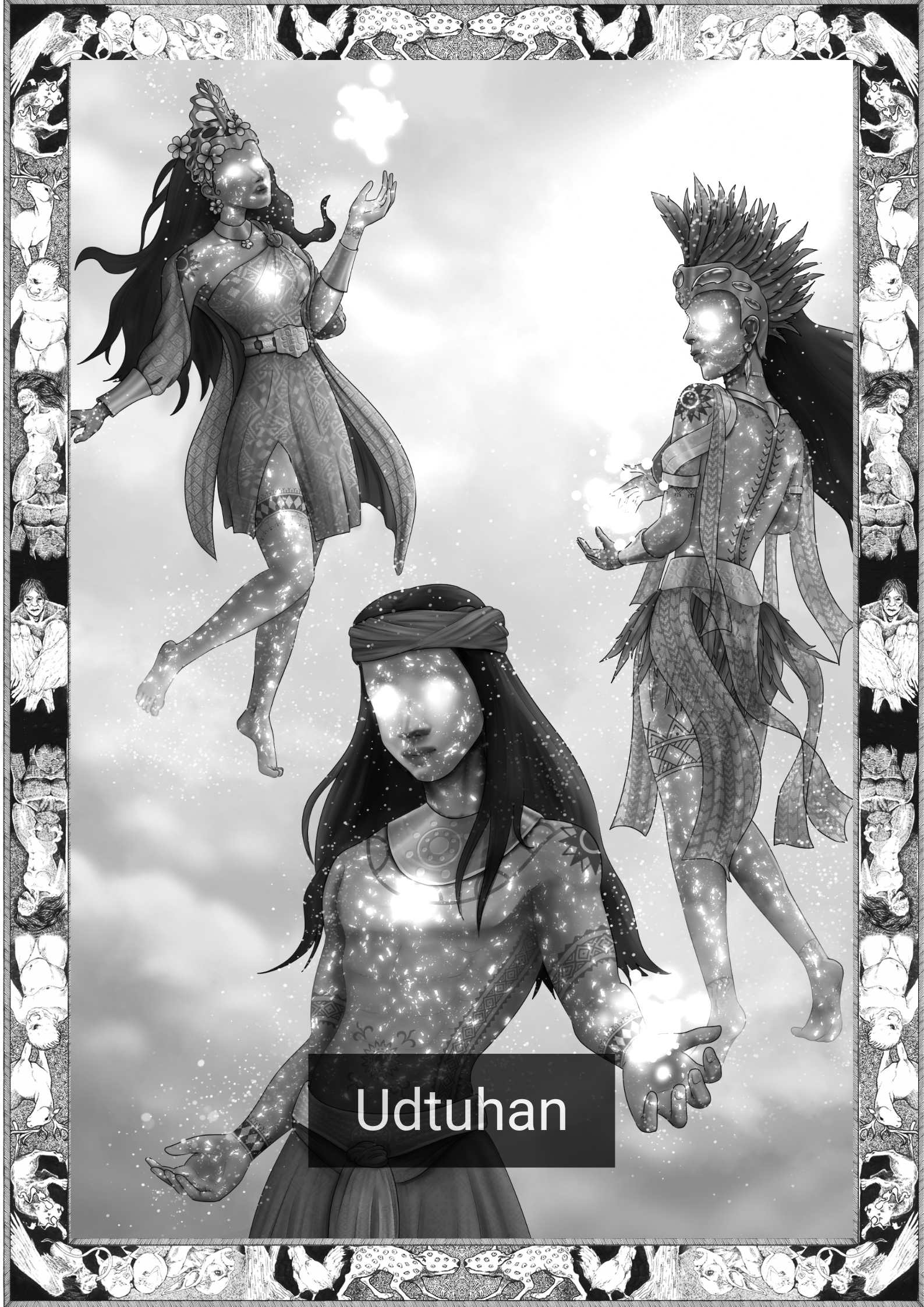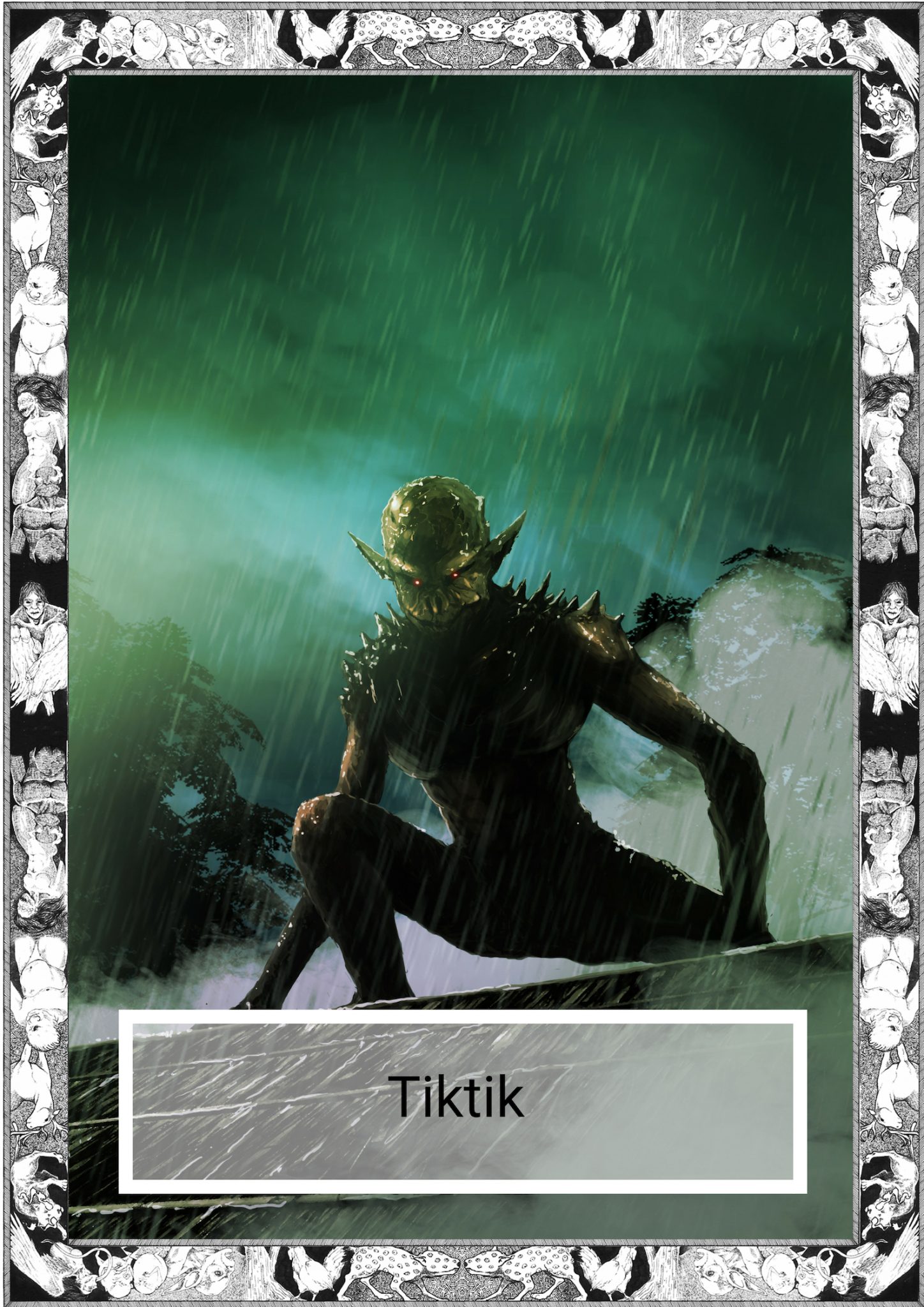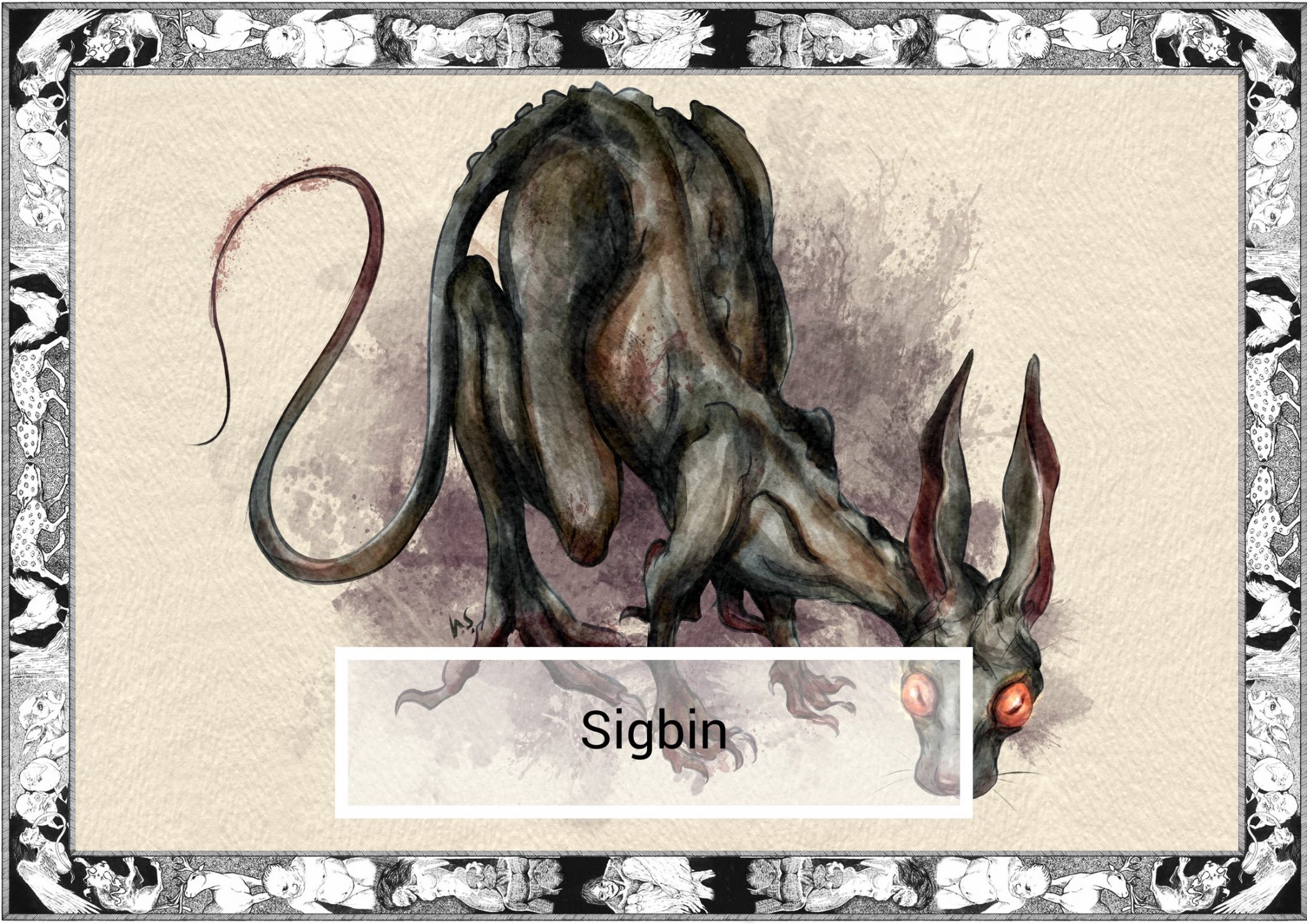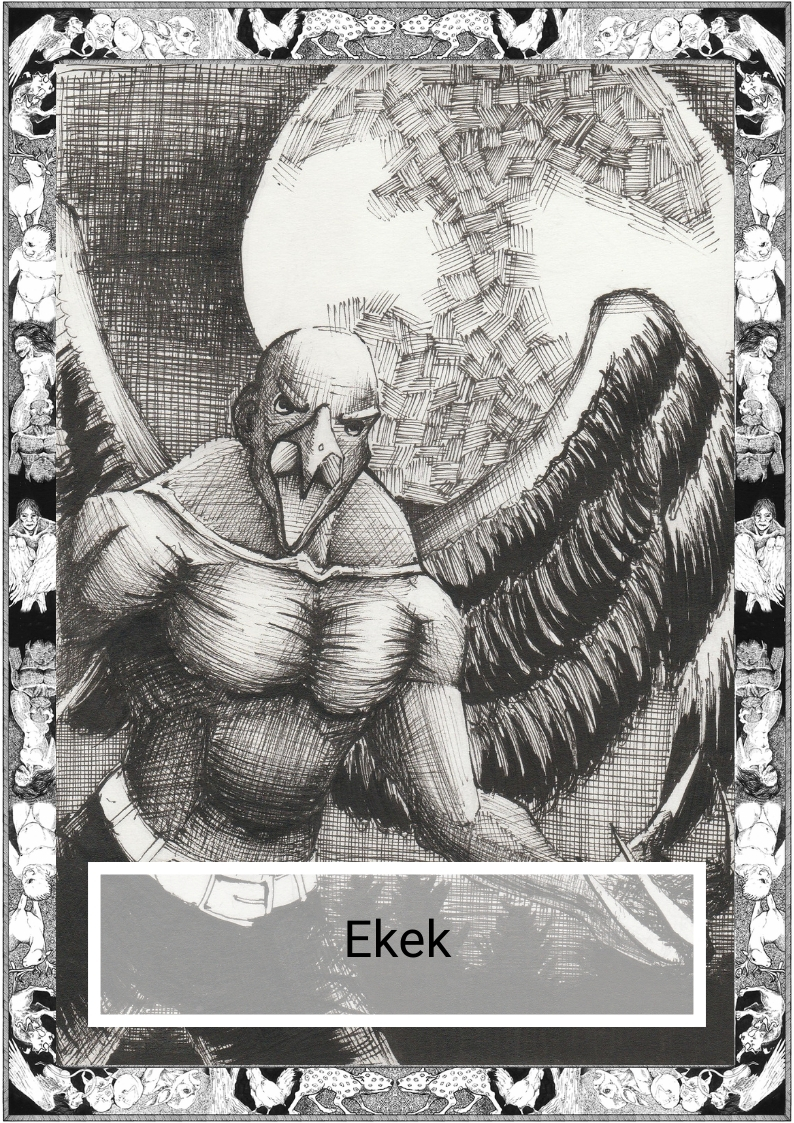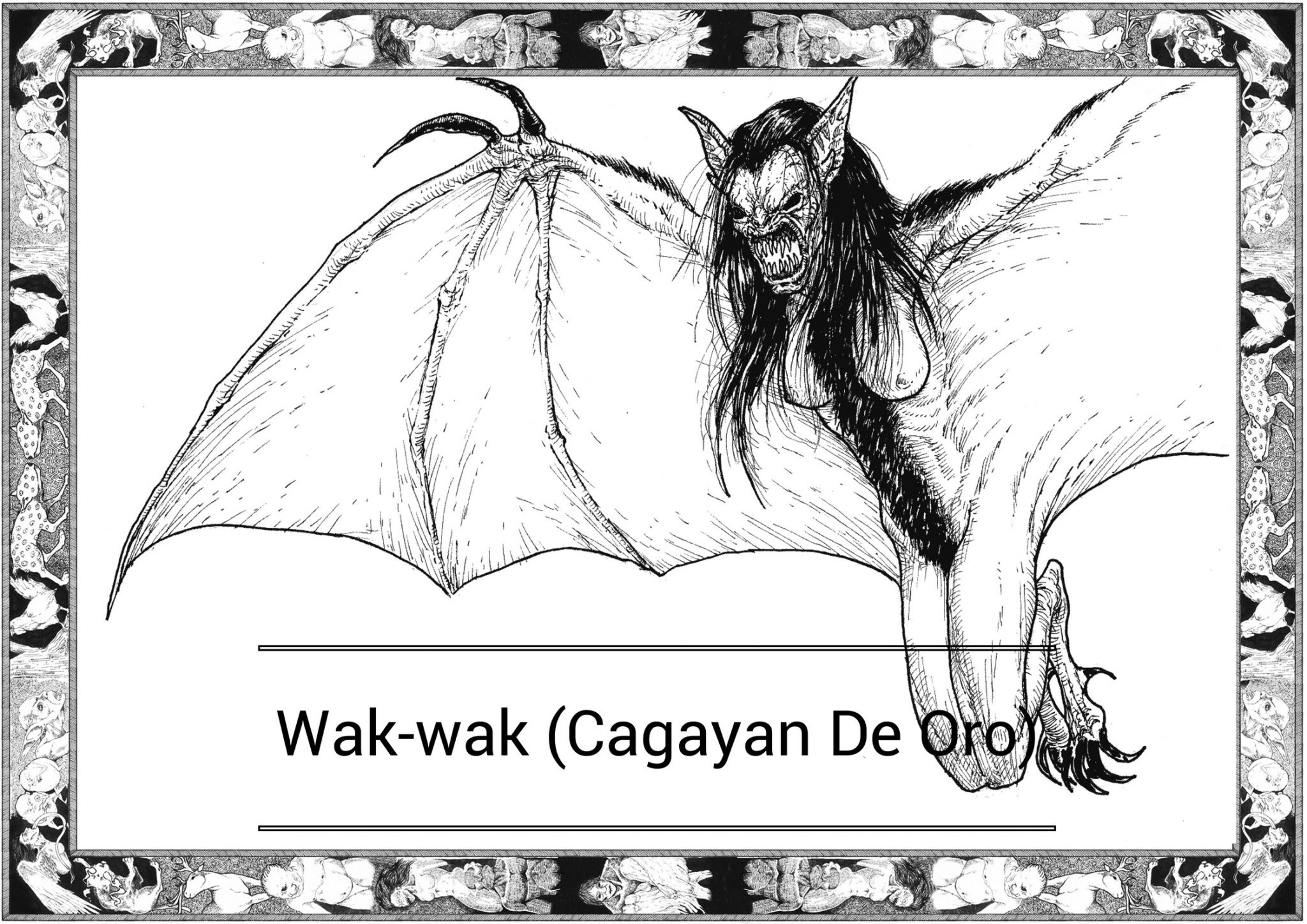
*Note this story is in Bicol-Legazpi
Ginuno’ sa suraton ni Mari Bas:
Uminagi ako kaito sa rona kan Bikol kan makasabat ako ki sarong klase ki asbo na orog na makaintresantehon para sakuya.
An lawason kainiyo kabaing kan kada’luman kan banggi, makakurabon sagumsomon. Alagad ini, bakong lalagon bako agid kan lain pang kaarog niya.
Taramon kan manga gurang, an manga naghehelang nanggad an dapat mahahandal kainiyong sinasa’ban na ini ta’ dae man ini nangangayam ki laman.
Hinarapot ko sinda kun ano’n pigkakan kainiyo dangan an simbag ninda “hati’ ki tawo”. Huli ta dae ko nasabutan na maray an boot ninda sabihin, pigikog-ikogan ko ki sarong semana su saro sa linalang, sa kamuyahan ko man na maisihan an manga kahiloman kainiyo.
Narumduman ko an sakuyang kaaraman manungod sa organong pamarong. An makapamarong nagpupuon hali sa panhimationg suldan pasisiring sa alintak. An parong minaabot sa lanob-lanob kan dungo o sa agihan kan paros na minasugpon sa ngaragngag kan halunan pasiring man sa dungo. An pangnamit buda an pamarong magkatabang. Kun punod man an dungo, an parong dae makaantos sa panhimationg suldan na pigpaurog pa kan sango.
An kahayagang ini ginibong orog na makahati’on pa an sakong naaraman manungod sinasa’ban.
Pano’pano’ ki makasumosumo na parong an linalang na ini, muyahon ki surusi’pon buda hati’hati’ ki igwang helang. Dawa an makadurudismayong namasta’ nang parong dadarahon an linalang sa kaugmahan. Muyahon nanggad ini kan linalang, nangangayam baya na garo lalaw na gadya, parong an pigsususogan.
Paladan man ako ta saro sa partidaryo kan parangurag ko malain an pagmati, huli kaini naobserbaran ko an gibogibo kainiyo mantang ini nangangayam.
An sinasa’ban hali sa manga puon ki kahoy na pigharung-harungan kainiyo. Sa labilabing pagkahipno sa namasta nang parong, nasususog kainiyo an kagharong na igwang helang. Dangan, garu man sana igwang pigsunod na oras, burubangging pigpapara’ kainiyo an labilabing punaw. An naghehelang na kaito minarara pa lugod an namamatian.
Naghururonhuron kami kan manga gurangan kan barrio, an taramon ninda luwayluway na pigsusurop kan linalang an burabod nin buhay kan saiyang pigbiktima, sagkod na an helang kan makaherakonon na kalag luminakop na.
Dae ko na naobserbaran pa na maray an linalang kan ini biyong pinarayo kan manga tawo buda kan parangurag ko, buda maraoton man baga kaya sa sakuyang lado kun mumuyahon ko na igwa pa ki naghehelang an madipisilan buda maghingagdan ta muya ko pa maobserbaran na maray an mampak na ito.
Naghali ako sa rona kan Bikol makarihis an pirang aldaw, sa natatadang oras pigparasagunsong ko na sana an kadlagan ta naglalaom man giraray ako na madudukayan nu manunutaran ko an sinasa’ban duman sa saiyang pigiistaran. Nagpatabang ako sa sakuyang parangurang na magkua ki udo ki karabaw, pantaon lamang nganing magluwas an linalang sa saiyang pigsasalagan.
Dae ko biyong mataram an makadidigwaon na pangyari kan mahiling ko an pagkakan kan linalang ki hati’ kan ibang linalang mantang ini garu ugmahonon pa. Mala nanutaran ko na napapagalunong maray an karabaw kun minakakan an linalang na naunambitan, tamaonon nanggad an tina’wang duon kan manga gurangan duman.
An sinasa’ban makangangalas na linalang, makadidiskwido sa sadiri kainiyong paagi.
Lugod man dae ko na maparong nuarin pa man an namasta nang presensya kainiyo.
=————————————————————=
English Version
From the notes of Mari Bas:
As I was going through the Bicol region I came across a particular kind of aswang that piqued my interest.
Its form was a being as black as night, terrifying to behold. Yet it was not as aggressive as others of their kind.
The elders say that only the sick should fear the sinasa’ban since it does not hunt for flesh.
I asked them what it feeds on and they simply said “the waste of humans”. Not knowing what they meant, I followed one of the creatures for a week, seeking to know its secrets.
I recall my knowledge about the olfactory organs. That the ability to smell comes from sensory cells directly connected to the brain. Smells reach either through the nostrils or through the channel that connects the roof of the throat to the nose. The sense of taste goes hand in hand with the sense of smell. When the nose is congested odors can’t reach the sensory cells stimulated by smell.
That information made my discoveries about the sinasa’ban all the more disgusting.
The beast is intoxicated by fetid smells, particularly the phlegm and excreta of the sick. Even the faintest scent sends it into a state of elation. It seeks the cause of the smell, hunting like a rabid dog, guided by the smell.
It was fortunate that one of my guide’s family members fell ill. I was able to observe the creature during its hunt, as it were.
The sinasa’ban came from the trees it called its home and, seemingly possessed by the smell, locates the sick person’s abode. And then, like clockwork, every night satiates its unnatural hunger. I saw that the ill person had taken a turn for the worse once the sinasa’ban started to feed.
I consulted with the elders of the village and they said that the creature slowly absorbs the victim’s life essence, causing the poor soul’s illness to progress.
I was not able to observe the creature further as my guide and others from his village chased it away, and it would be remiss of me to want to have the sinasa’ban claim a life just so I may know more about the beast.
I leave the region in a few days, time I spent going into the forest hoping to find the sinasa’ban in its natural habitat. I asked my guide to help me collect the dung of carabaos, which lured the creature out from its hiding place.
It cannot be put into words the sheer nausea I had watching the creature eat excrement and it seemingly enjoying it. I noted that the carabaos seemed to get more exhausted as the creature was feeding, it seemed that the elders were correct in their assertion.
The sinasa’ban remains a curious creature, dangerous in its own way.
I hope I will never have to smell its presence ever again.
=———————————————————————=
The Bikol languages or Bicolano languages are a group of Central Philippine languages spoken mostly in the Bicol Peninsula in the island of Luzon, the neighboring island province of Catanduanes and the island of Burias in Masbate. There is a dialect continuum between the Visayan languages and the Bikol languages; the two together are called the Bisakol languages.
The Tabaco-Legazpi-Sorsogon (TLS) dialect is spoken in the eastern coast of Albay and the northeastern part of Sorsogon. TLS is the dialect that has been most influenced by the Inland Bikol languages.
Written by Karl Gaverza
Translation by Brian Nalagon
Copyright © Karl Gaverza
Translation Copyright © Brian Nalagon
Inspired by the Sinasa’ban description in Merito B. Espinas, ‘The supernatural world of the ancient Bikols,’ in Unitas, vol. 41, no. 2, 1968 pp. 188-189 in Intersections: Gender and Sexuality in Asia and the Pacific
Monograph 1: The Philippines at the Turn of the Sixteenth Century – Malcolm W. Mintz (2011)
Illustration by Rob Cham
FB: https://www.facebook.com/robocham
Website: robcham.com
Twitter: twitter.com/robcham


